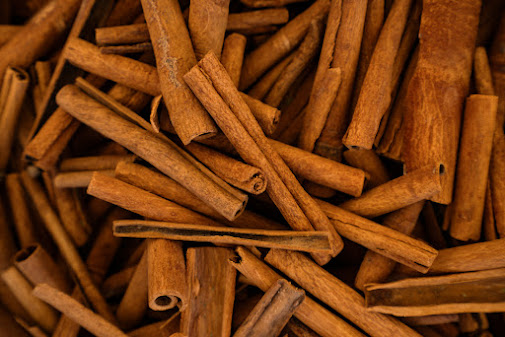Hong Hua Benefits: Why This Herbal Remedy Deserves a Spot in Your Routine
When it comes to natural wellness, some herbs just have that quiet power—like Hong Hua. Known in Traditional Chinese Medicine (TCM) for centuries, this bright flower might not look like much at first glance, but don’t let its simplicity fool you. If you’re someone looking to bring balance, comfort, or energy into your daily life, Hong Hua Granules may be worth your attention.
Let’s break down what makes Hong Hua an herbal remedy many turn to—and how it could find a place in your wellness routine.
What Is Hong Hua?
Hong Hua, also known as Carthamus or safflower, is a bright red-orange flower traditionally used in TCM practices. It’s often found in granule form—Hong Hua Granules—which makes it easier to add to your herbal regimen without the need to brew or boil.
Known for Circulation Support
One of the most recognized benefits of Hong Hua Granules is their potential to support healthy blood flow. In TCM terms, Hong Hua is associated with "invigorating blood" and is often used when there's a need to disperse stagnation. If you’ve been feeling stuck—physically or energetically—this is one herb many people consider.
Whether it's post-workout tension, general fatigue, or just that heavy feeling, users of Hong Hua Granules often seek it for promoting a sense of lightness and movement in the body.
A Gentle Option for Women’s Wellness
Many herbal routines for women’s support include Hong Hua Granules as part of a balanced blend. While it’s not a standalone solution, it’s often used in harmony with other herbs to help manage cyclical discomfort or emotional shifts.
If you're building a wellness routine with herbs, Hong Hua Granules are commonly chosen for their gentle but warming nature, which many say helps with maintaining a sense of internal balance.
Energy Flow and Harmony
In TCM, stagnation doesn’t just apply to blood—it also refers to qi, or energy. When energy gets blocked, it might show up as mood swings, irritability, or tension. Hong Hua is considered a "moving" herb, often included in formulations to help promote smoother qi flow.
Adding Hong Hua Granules into your routine can be one way to invite a little more harmony into your day—especially if you’re juggling a lot mentally and emotionally.
Easy to Add to Your Routine
One of the best things about Hong Hua Granules? They’re simple to prepare. No elaborate teas or decoctions. Just mix the granules into warm water, stir, and sip. This makes it an accessible herbal option whether you’re at home, at work, or on the go.
If you’re already using other herbal blends, check to see if they include Hong Hua Granules—you might be benefiting from this flower without even realizing it.
Also Read: Navigating the World of Chinese Herbal Products: What You Need to Know
A Few Things to Keep in Mind
Hong Hua is considered a "warming" herb in TCM. If you naturally run warm, you might want to balance it with cooling herbs.
Always consider your overall constitution or consult a TCM practitioner before introducing any herb consistently.
Not every herb is right for every person. If you’re taking medications or have health concerns, caution is always a good idea.
Final Thoughts
Herbal wellness is about finding what works best for your body and rhythm. Hong Hua Granules offer a simple, grounded way to support movement, comfort, and energetic flow. If you're curious about integrating more natural tools into your daily life, this traditional remedy might be a valuable addition to explore.
FAQs About Hong Hua Granules
Q1: What do Hong Hua Granules taste like?
A1: They have a slightly bitter and earthy taste. Many people find it mild, especially when mixed with warm water or blended with other herbs.
Q2: Can I take Hong Hua Granules daily?
A2: It depends on your body’s needs. Some people use it for short-term support, while others include it in longer wellness plans. Listen to your body or consult a practitioner.
Q3: Are Hong Hua Granules okay to take alone or should they be mixed?
A3: While you can take them on their own, they’re often used with other herbs in TCM to support specific goals. Pairing them might help you get a more well-rounded effect.
.png)

.jpg)

Comments
Post a Comment